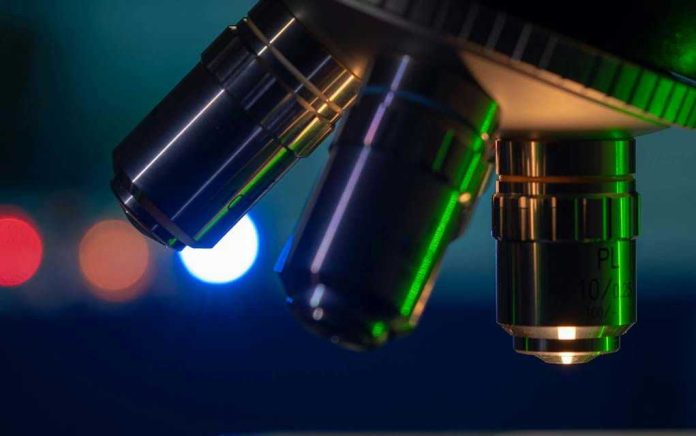
Scientists have discovered that “immortal” flatworms completely overturn decades of medical textbook assumptions about how stem cells work, potentially unlocking revolutionary healing breakthroughs that could restore damaged human tissues in ways previously thought impossible.
Story Highlights
- Planarian flatworms regenerate entire bodies from tiny fragments, defying conventional stem cell biology
- Their stem cells operate without local “niche” environments, responding instead to distant cellular signals
- Research published in Cell Reports and Nature Aging overturns established scientific dogma about tissue repair
- Findings could lead to breakthrough therapies for degenerative diseases and age-related decline
Groundbreaking Discovery Challenges Medical Science
Stowers Institute researchers published findings in October 2025 that fundamentally challenge textbook models of stem cell regulation. Lead scientist Dr. Alejandro Sánchez Alvarado and his team discovered that planarian flatworms possess pluripotent stem cells capable of regenerating entire bodies from minuscule fragments.
Unlike mammalian stem cells that depend on local cellular environments for guidance, these remarkable organisms respond to distant signals throughout their bodies, enabling extraordinary regenerative abilities that have mystified scientists for decades.
Revolutionary Stem Cell Mechanism Unveiled
The research reveals that planarian stem cells, called neoblasts, operate independently of traditional cellular niches that govern human stem cell behavior. Dr. Frederick Mann and his research team demonstrated that these cells can communicate across vast distances within the organism, coordinating regeneration efforts without requiring direct contact with neighboring support cells.
This discovery fundamentally contradicts established principles taught in medical schools worldwide, suggesting that current approaches to regenerative medicine may be missing critical components needed for effective tissue repair.
Age Reversal Capabilities Astound Scientists
Studies published in Nature Aging demonstrate that planarian regeneration actually reverses aging at the whole-organism level, restoring fertility and vitality to older specimens. Researcher Guo noted that “age-associated decline may be reversible at the whole-organism level, not just for planarians, but other organisms.”
This finding suggests that biological aging might not be the irreversible process scientists have long believed, opening unprecedented possibilities for human longevity research and treatment of age-related degenerative conditions that plague millions of Americans.
Implications for Human Medical Treatment
The research promises revolutionary advances in regenerative medicine, potentially offering new treatments for conditions ranging from spinal cord injuries to organ failure. Sánchez Alvarado explained that understanding how distant cellular signals coordinate stem cell responses could dramatically improve medical approaches to tissue restoration.
Unlike current therapies that show limited success, these findings suggest entirely new pathways for healing that could restore function to damaged organs and tissues, representing hope for patients failed by existing medical interventions.
“Immortal” flatworm rewrites the science of healing | ScienceDaily https://t.co/rlk1tPIgJT
— DANVZLA (@danvzla) October 31, 2025
While translating planarian mechanisms to humans faces significant biological challenges, the paradigm shift in understanding stem cell regulation provides a foundation for developing innovative therapeutic approaches. The research demonstrates that nature has already solved problems that have confounded medical science for generations, offering a blueprint for treatments that could transform healthcare and provide genuine healing solutions rather than merely managing symptoms of degenerative diseases.
Sources:
“Immortal” Flatworms Can Regrow Their Entire Bodies
New Research Shows a Tiny Regenerative Worm Could Change Our Understanding of Healing
Flatworm Stem Cells Regenerate Through Contactless Communication
Planarian Worms Can Regenerate Into a More Youthful Version of Themselves
New Research Shows a Tiny Regenerative Worm Could Change Our Understanding of Healing
Stem Cell Textbooks Challenged by “Immortal” Flatworm
Planarian Regeneration Rejuvenates the Entire Animal












